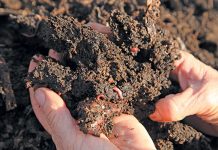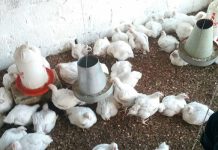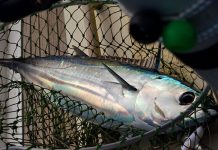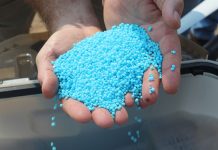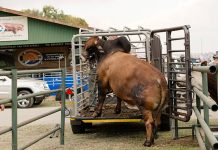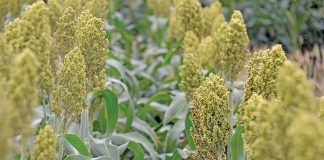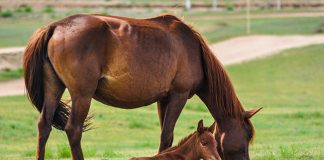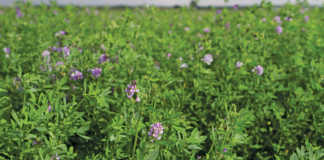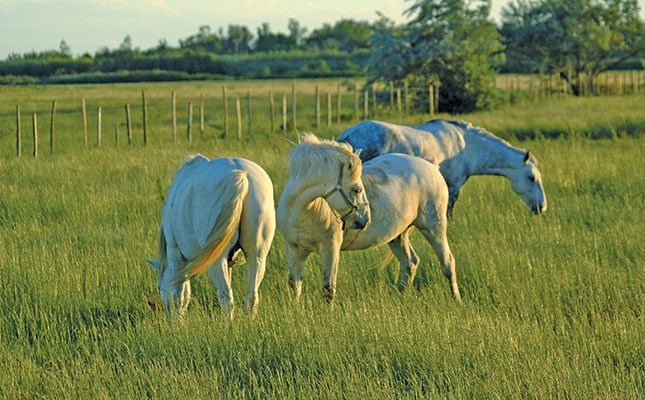
Photo: Wikimedia Commons
In the UK, horse owners do regular egg counts to control intestinal parasites.
The pastures are lush, so most horses spend their days and nights grazing. Faecal egg counts are strictly monitored every three months. The findings are related to the frequency and type of dewormers used in the herd.
Recent British research has shown that treating horses too frequently can result in anthelminthic resistance. That means that certain intestinal parasites mutate and will consequently not be killed when a horse is dewormed.
The internal parasites that are most important in horses are large and small strongyles, pinworms, tapeworms and bots. Although horse owners also include ‘bots’ as a category of worms, these are actually insects that are the larvae of the bot fly.
Small strongyles are the most important of these parasites as they migrate through and damage small blood vessels in the equine intestines. This makes them a primary cause of equine colic, which is frequently fatal, particularly in Thoroughbred racehorses, jumpers and eventers.
Pinworms, in contrast, are the main cause of an itch around the anal area which makes show horses rub their tails off. Tapeworms are not found often in South African horses.
They are an important cause of weight loss and poor appetite. Sometimes, when very large, they can also cause an obstruction in the large intestine.
Farm remedies
Equine dewormers in South Africa are all registered as Farm Remedies under Act 36.
They fall into four main groups: avermectins, benzimidazoles, pyrantels and isoquinolines. The avermectin subgroup includes ivermectin, abamectin, doramectin, eprinomectin, moxidectin and selamectin. Benzimidazoles include oxfendazole, fenbendazole and oxibendazole.
Pyrantel pamoate is a main constituent in most oral pastes used for deworming horses. The isoquinoline group contains praziquantel, a narrow-spectrum drug for killing tapeworms in horses, especially if included with an avermectin in oral anthelmintics.
Most modern horse dewormers are formulated as pastes and fed individually to horses, in contrast to those used for livestock and game, that are often injected, mixed into feed or mixed into salt licks.
Most of the information regarding control of helminths in horses is focused on a schedule: either time of day, time of year, or age of the horse. Yet a major part of the lifecycle of most helminths is the time spent as an egg in the manure, in the fields and stables.
It is probable, especially if the horse owner is not doing faecal egg counts every three to six months, that parasite resistance is more related to a theoretical timeline for optimal deworming than the actual number of times a horse is dewormed.
During my years in practice, I influenced riding school clients to do regular worm counts. The counts varied mainly according to the pasture, not the horse. So five to 10 horses kept in the same pasture had a totally different grouping of worm eggs to those horses who belonged to a small herd in another paddock.
Perhaps horse owners and breeders should think more about breaking the cycle on the ground, in pasture and manure management, rather than in the horse.
Egg counts became significantly lower, when manure was regularly removed and the pastures limed and rotavated. The lowest counts were always found in horses that were kept stabled and only taken out for riding and lunging.
Dr Mac is an academic, a practising equine veterinarian and a stud owner.



